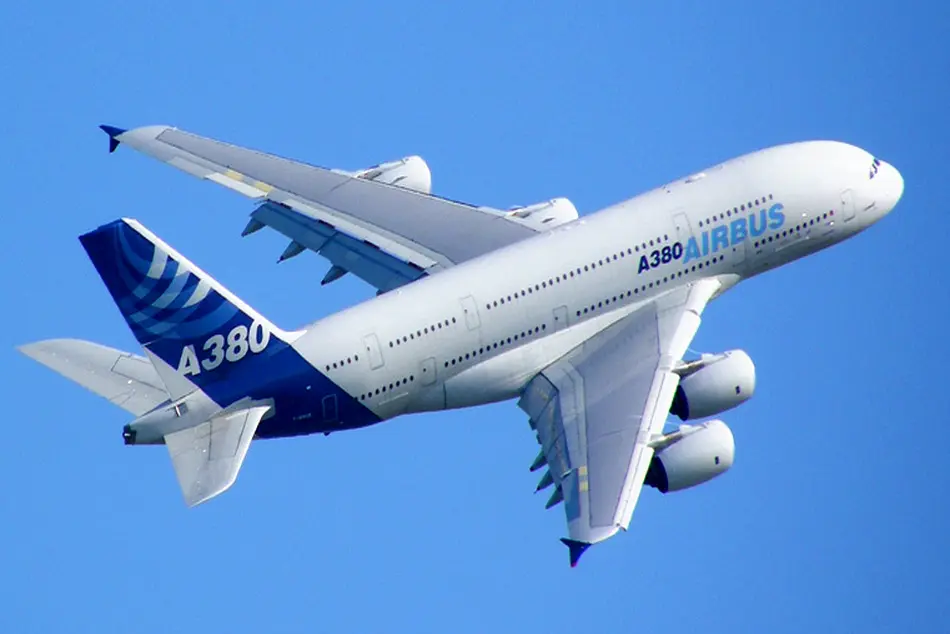Airbus chief ‘blindsided’ by sharp Leap delivery drop as Safran strives to recover pace
Airbus chief executive Guillaume Faury says the airframer has been “blindsided” by a sharp drop-off in CFM International Leap engine deliveries, and is waiting to see how soon the powerplant manufacturer can recover.

Airbus chief executive Guillaume Faury says the airframer has been “blindsided” by a sharp drop-off in CFM International Leap engine deliveries, and is waiting to see how soon the powerplant manufacturer can recover.
Speaking at a half-year briefing on 30 July, Faury said the Leap delays were “not factored” into Airbus’s ramp-up plans and the “jury is still out” on the timeline to regain the trajectory.
“Based on our latest discussions, they’re going their very best,” he states.
CFM partner Safran delivered 664 Leap engines over the first half – lower than last year’s 785 – with the second quarter proving particularly difficult, with only 297 engines handed over compared with 367 in the first.
“We’ve been hit by a significant drop of output in [high-pressure turbine] blades in [the second quarter,” said chief executive Olivier Andries during a half-year briefing on 31 July.
He says the high-pressure core “has been pacing” Leap engine deliveries, adding that the high-pressure turbine blade supplier has seen a “significant drop of yield”.
“It’s been the yield drop issue which has surprised us,” says Andries. “This drop of yield has persisted in April and May – it’s slightly recovering now, which makes us hopeful that, indeed, we’ll be able to ramp up our production in [the second half].”
But he adds that the blade supplier’s yield has “not yet reached its nominal level”.
Safran says it needs to deliver some 900-1,000 Leap engines in the second half
Safran delivered 1,570 Leap engines last year which means it needs to hand over more than 900 in the second half of 2024 just to meet its revised expectation of flat deliveries for the full year.
“It’s a significant step up versus [the first half],” says Andries. “But much less than we’d anticipated at the beginning of this year.”
He adds that the situation is “all going to be driven” by recovery of the high-pressure core and high-pressure turbine blade activity.
Safran needs to consider both its airframer and airline customers, says Andries. “We have to take every week an allocation decision.
“As our Leap engine deliveries have dropped…and as we’re impacting especially Airbus, we’ll take decisions of allocation which are going to be biased more towards Airbus than airlines. But we have to serve both. Obviously we need to manage that very carefully.”
Andries says there are still “overriding supply-chain issues” in various areas.
“It’s an everyday fight for our teams,” he says, adding that Safran has doubled its complement of supplier-performance managers and has some 300 people dedicated to helping suppliers to improve.
Andries acknowledges that issues have affected other parts of Safran’s business, including landing-gear, cabin fittings and seats.
“There are some missing parts here and there,” he says. “It’s quite all over the place and we fight every day. We’ve been hit on landing-gear, especially for the A330.”
But he says the company is “now in full speed” to ramp up production over the second half of the year.
Andries says Safran has held “constructive discussions” with Airbus on future planning, and says the two sides have an “agreement in principle” on volume in 2025.
